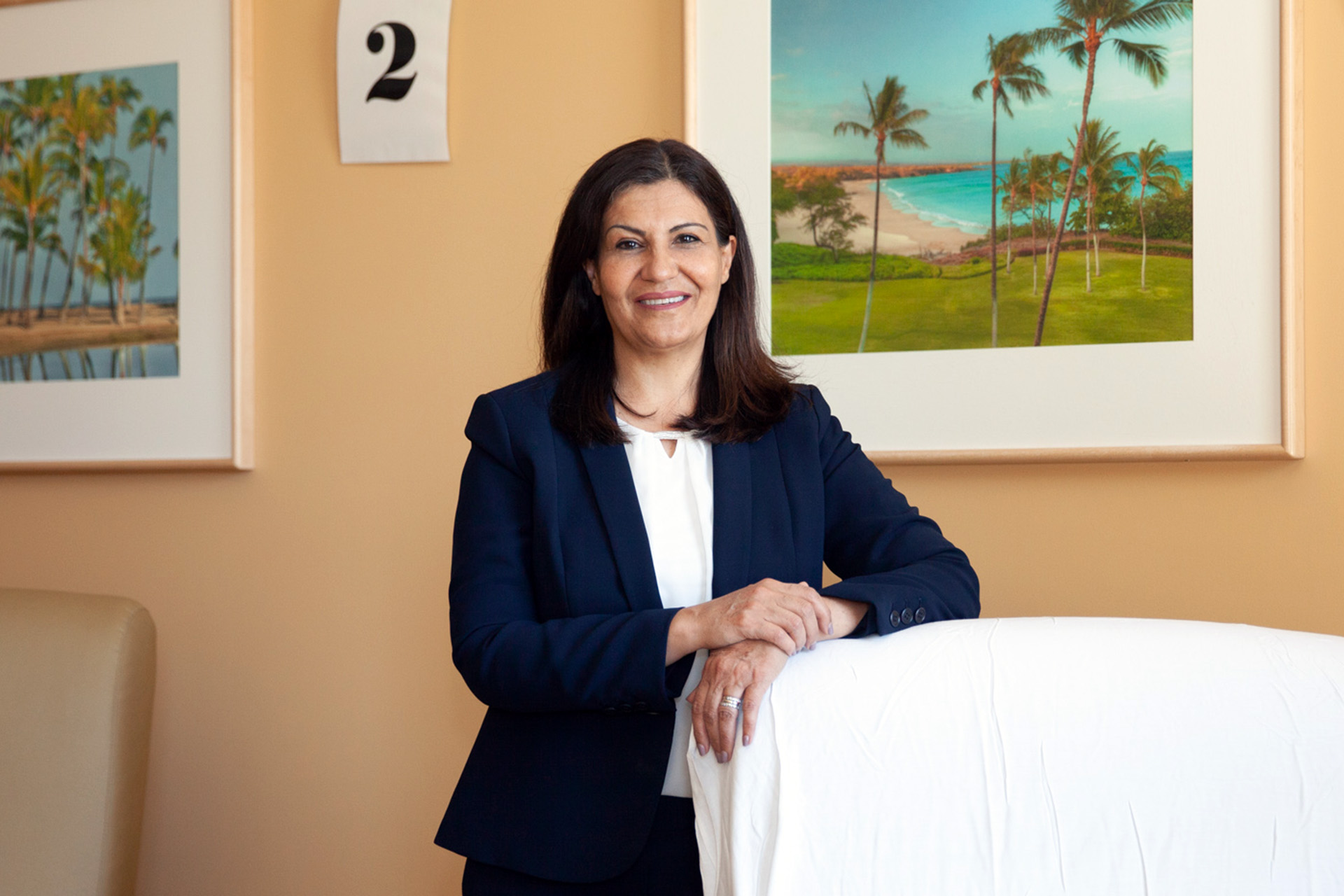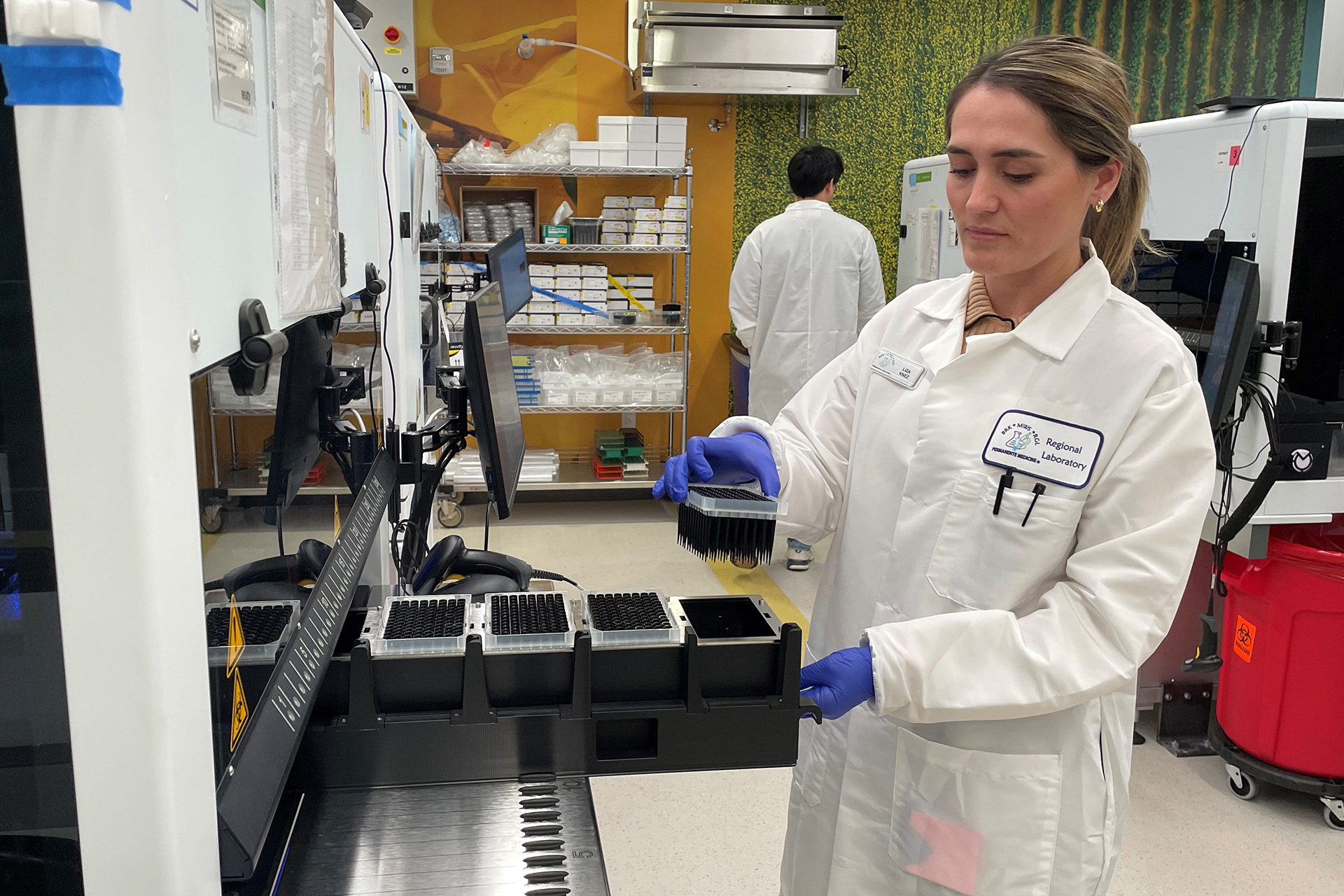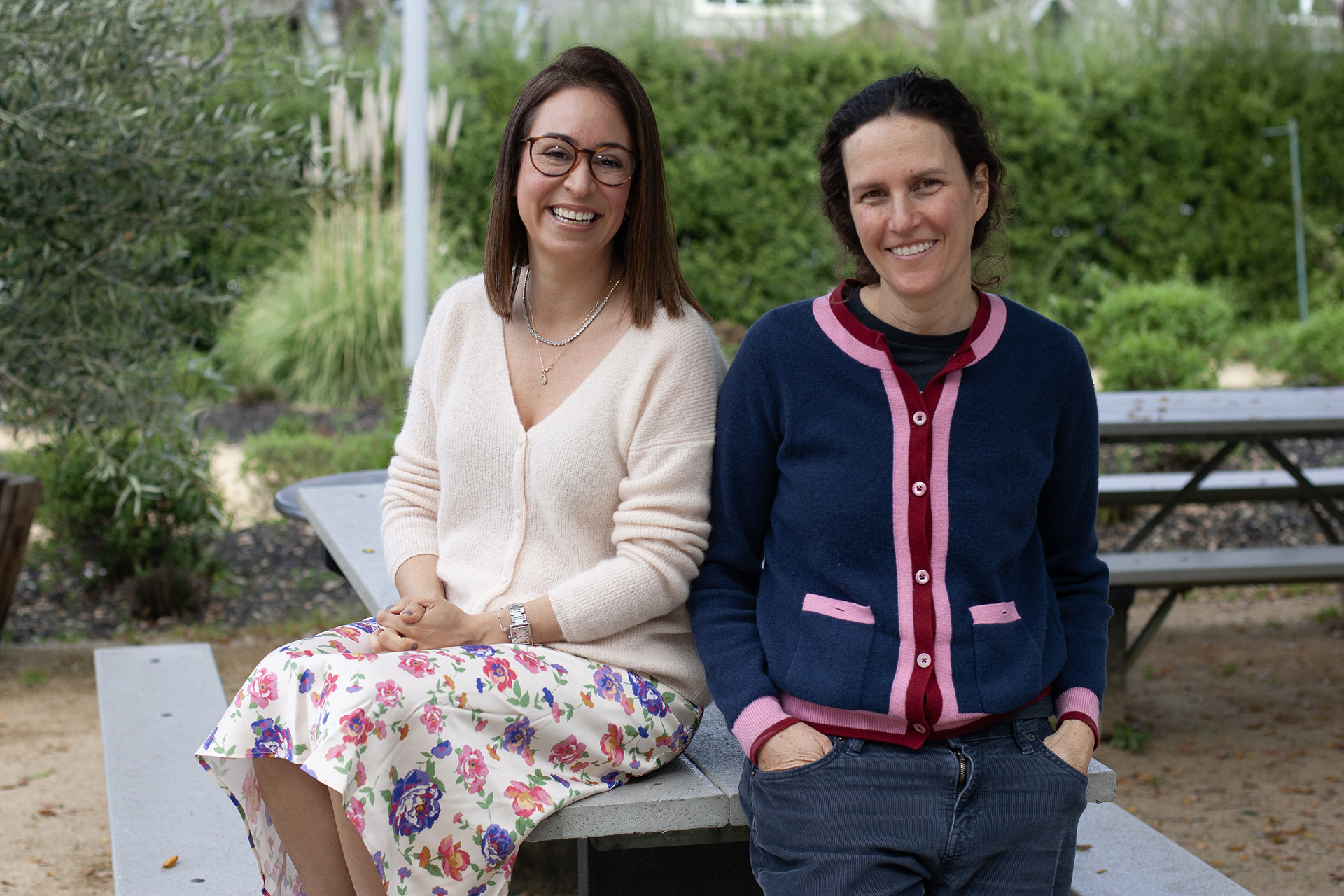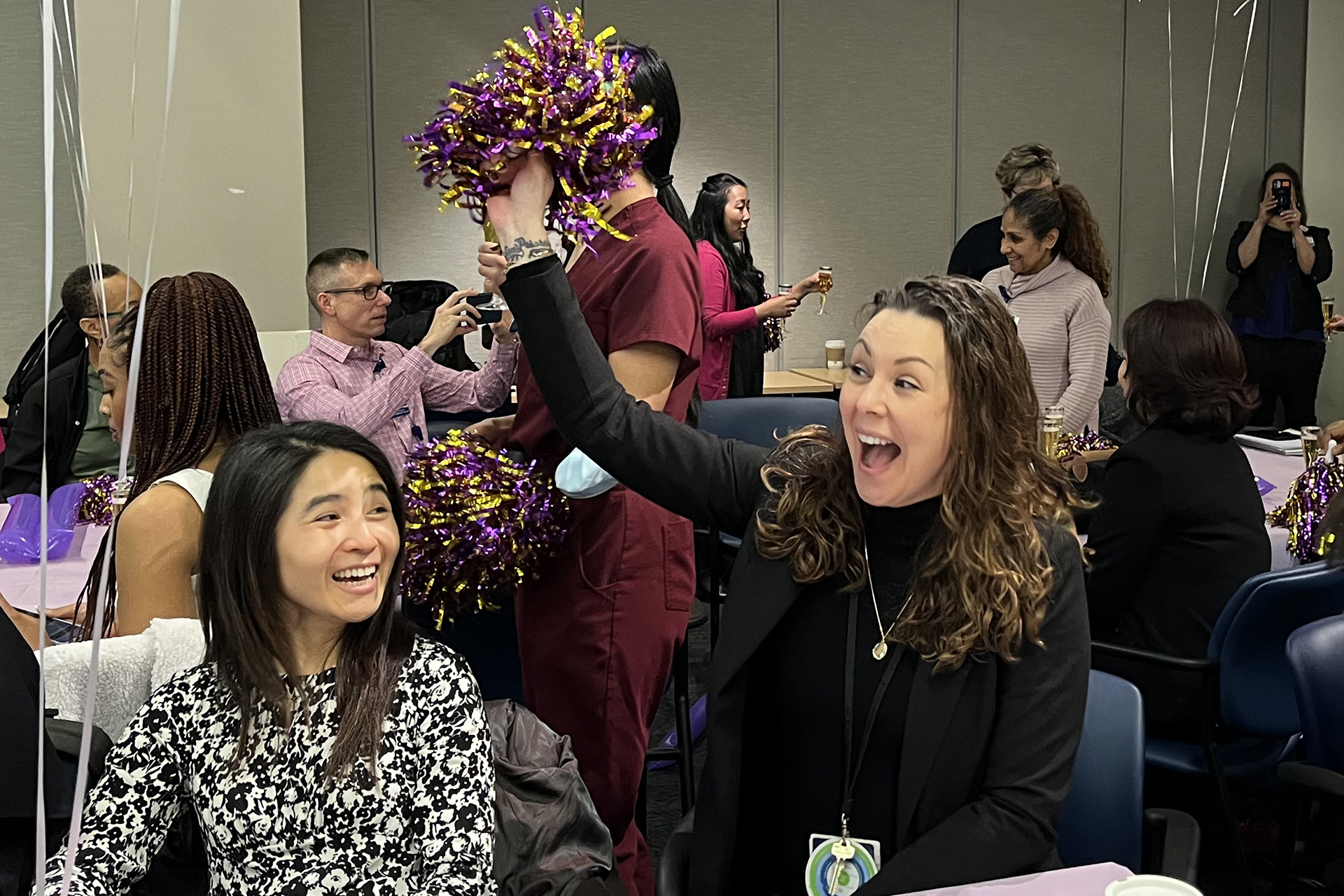Nahid Shavakhi, RN, refers to the Kaiser Permanente Fremont inpatient medical psychiatric unit as “the place of hope and healing.” Without innovative units like this one, physicians must often choose whether to admit a patient to an inpatient psychiatry unit or to a medical unit, when a focus on both types of care is urgently needed.
As the facility’s director who planned for, opened, and saw the unit through its first years, she has now returned to the Kaiser Permanente Santa Clara Behavioral Health Center as an administrative director. Shavakhi reflects on more than 3 years of developing the groundbreaking Fremont unit.
Can you give us a quick overview?
For the first time, we are providing highly specialized care all on the same unit for up to 18 patients at a time who have both behavioral health issues and medical needs. For example, a patient may have a mental illness such as anxiety, depression, bipolar, or schizophrenia, with concurrent medical issues such as needing dialysis or a blood transfusion. We admitted and treated more than 500 patients in just our first year.
What did it take to open the unit?
First we had to find the location. Fremont was chosen because we have a separate, locked unit that is part of the main hospital. Additionally, the city is centrally located for transporting referrals from all over Kaiser Permanente Northern California.
An essential part of opening the unit was to hire and train qualified staff to be able to provide this complex level of care. The vision was to bring a mix of skill sets into one environment. Structurally, we built the unit with safety and security with a home-like environment in mind and opened in October 2019.
How are patients received?
Kaiser Permanente has made this very easy. There is a centralized system for physicians in the EDs or med-surg units to make psychiatric referrals to a hub in Martinez. Staff at the call center work diligently to consider the unique needs of each patient and place patients at different facilities, including our contract facilities.
We work with the psychiatric call center to review the referrals, accept patients, and schedule the patients for transfer to our facility. On average, patients stay 11 days, at which point they either go home or to a transitional program. I’m proud to work for an integrated system where we don’t release patients until we have the right next place for them. The safe transition of patients to other step-down facilities or home is what makes our inpatient psychiatric program unique. At discharge, our patients may be referred to outpatient services for follow-up treatment as needed.
What does care look like at the unit?
We treat adult patients who are 18 years or older. The unit is locked, with most patients on a legal hold. While there is a wide range of diagnoses, we also treat adults who are in need of ECT or have eating disorders.
On the unit, patients have a daily schedule, which includes the care they need. If needed, we bring treatment to them at the bedside, including education on medications, nutrition, and occupational therapy. We currently employ 35 nurses, 25 mental health workers, 7 assistant nurse managers, 6 social workers, 6 unit assistants, 4 psychiatrists, 3 occupational therapists, a pharmacist, a dietician, and a rotation of internists from the hospital.
We hold a daily multidisciplinary team meeting. All staff from different disciplines share feedback about the patient and this is used to formulate an individualized plan for the patient for the next 24 hours. Our multidisciplinary approach allows us to know exactly what is going on with every patient every day and at every level.
Did COVID-19 impact your patients?
We have seen a surge in patients with more catatonic features and in relapse in psychotic episodes because of lockdown. People couldn’t get out and were not always able to get help because they were afraid of exposure to COVID-19. Their fear was just compounded if they were already suffering from anxiety or paranoia, for example. We’ve also seen an increase in substance abuse but hope to see a downward trend after vaccinations become widespread.
What do you love about your work?
Over and over we treat patients so ill they can’t move or talk, but they walk out of our building to go home. Essentially, we are not only giving them hope but a fighting chance to overcome an illness that has taken everything they have. Seeing patients go back to a normal life they left a few months or even years ago is the best feeling in the world.




